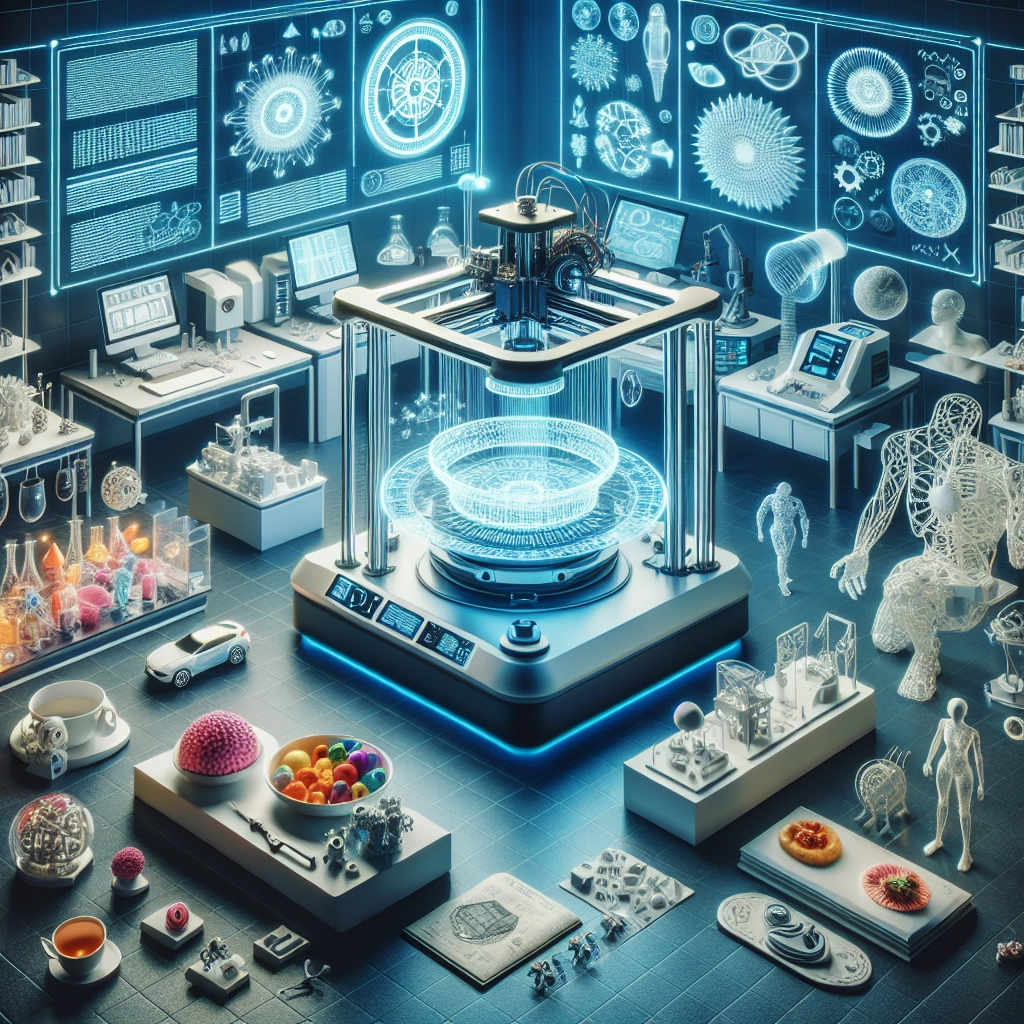Future Applications of 3D Printing to Look Forward To
3D printing technology, once only a whimsical fantasy of the future, is now firmly entrenched in our reality. From humble beginnings in prototyping to revolutionary applications in various fields, the scope of what we can create with a 3D printer is expanding at an impressive pace. As we look ahead, it’s thrilling to consider the future applications of 3D printing that might not just enhance our lives but allow us to solve some of the greatest challenges we face. Let’s explore some exciting possibilities on the horizon.
1. Medical Advancements
One of the most talked-about uses for 3D printing is in the medical field. Imagine personalized prosthetics and implants tailored to fit individual patients perfectly, significantly improving comfort and function. In recent years, we’ve seen prototypes of 3D-printed organs and tissues that could eventually lead to breakthroughs in transplants and regenerative medicine. The concept of bioprinting—using living cells to create organic tissues—sounds like something out of a sci-fi novel. Yet, scientists are pushing boundaries to enable us to print skin, bladder, and even functional organs, potentially saving countless lives.
2. Food Production
Yes, you read that right! 3D printing is making its way into the kitchen with food printers. Companies are already experimenting with ways to print meals using customized ingredients. The benefits are twofold: not only can we create aesthetically pleasing dishes tailored for dietary needs, but this technology also aims to reduce waste significantly. Imagine printing a pizza with all fresh ingredients that are specifically balanced for your nutritional needs! It’s certainly a delicious concept to salivate over.
3. Sustainable Construction
Ever thought about 3D printing a house? Well, it’s happening! Construction firms are beginning to use large-scale 3D printers to construct homes more quickly and less expensively than traditional building methods. These structures can often incorporate sustainable materials and reduce waste compared to conventional construction approaches. This is particularly crucial in addressing housing shortages globally and providing rapid shelter solutions in disaster-stricken areas. In the not-so-distant future, we may see entire neighborhoods constructed by printers humming away as they layer one brick at a time.
4. Fashion Forward
The fashion world is also embracing 3D printing, with designers now pushing the envelope by creating intricate fabrics and accessories that were once unimaginable. From bespoke clothing tailored to individual body shapes to stunningly complex jewelry, the personal expression possibilities are endless. The potential for customization means that we could see clothing and accessories that are not only unique but also made sustainably, reducing the environmental impact of fast fashion. Imagine walking into a store where you can literally have an outfit made just for you, right before your eyes!
5. Automotive Innovations
In the automotive industry, 3D printing is streamlining production processes and enabling the creation of complex car parts that are lighter and stronger than their traditionally manufactured counterparts. Major manufacturers are currently experimenting with this technology to create prototypes and even finalized components. This can lead to significant reductions in production costs and allow for more innovative vehicle designs. It’s not hard to envision a future where cars are built with the click of a button, increasing the speed and flexibility of customization for consumers.
6. Aerospace Applications
Similar to automobiles, the aerospace industry is also exploring the benefits of 3D printing for producing lightweight, durable components. Given the high costs and stringent safety regulations in aviation, the ability to quickly print high-quality parts can lead to substantial savings and faster manufacturing timelines. From jet engine components to space exploration hardware, 3D printing could play a pivotal role in the future of flight, making air travel more efficient and environmentally friendly.
7. Personal Manufacturing
Even on a smaller scale, 3D printing has the potential to affect our day-to-day lives profoundly. With printers becoming more accessible, DIY enthusiasts can create everything from home décor to tools. This shift towards personal manufacturing could change how we consume goods, allowing us to make rather than buy many of our everyday items. The ‘maker movement’ empowers individuals to innovate and create solutions right at home.
As 3D printing technology continues to evolve, the applications seem limited only by our imagination. The future holds incredible promise for this game-changing technology, pushing the boundaries of what we can create and how we live. Whether you’re excited about revolutionary medical advancements, sustainable housing solutions, or personalized fashion, one thing is clear: 3D printing is not just a trend—it’s a gateway to a future filled with endless possibilities. So, keep your eyes peeled; the world of 3D printing is just getting started, and we’re all invited to join the adventure!

